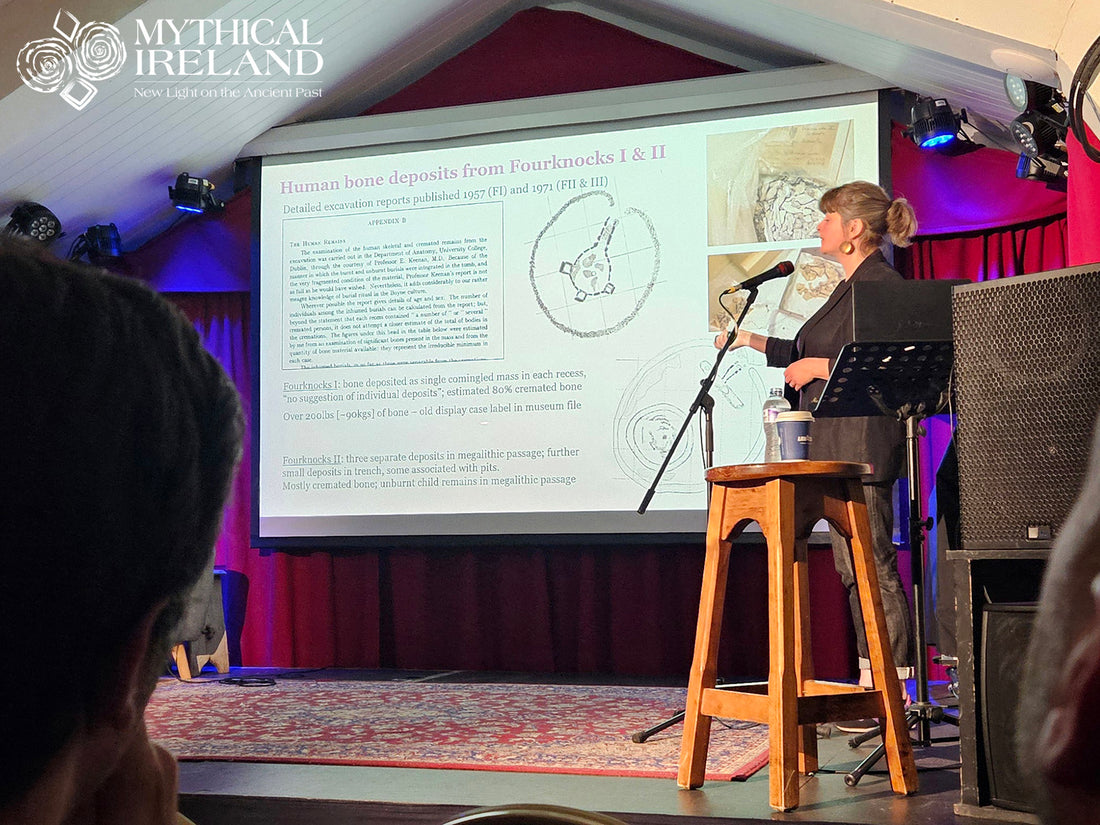
Fascinating new revelations show that 90% of the people buried at Fourknocks were cremated
Fascinating new revelations about the people who were buried inside the Fourknocks passage-tombs over 5,000 years ago was revealed at a public lecture given by two specialists who have been examining the fragments of bone deposited inside the monument in the Neolithic.
Dr. Jessica Smyth, Associate Professor from the School of Archaeology, University College Dublin (UCD) and Dr. Jonny Geber, Senior Lecturer in Human Osteoarchaeology, School of History, Classics and Archaeology, University of Edinburgh, revealed new information at a special Heritage Week talk titled ‘Making Connections: New Analysis of the Fourknocks Passage Tomb Burial Deposits’. They are the first to scientifically study the human remains excavated from Fourknocks in the early 1950s by archaeologist P.J. Hartnett.

Principal among the revelations was the fact that just 10% of the human bone at Fourknocks was unburnt, which was described as “very unusual”.
There was praise for the high standard of the 1950s excavations from both lecturers, who pointed out that the Fourknocks burial deposits had been “fully collected” at the time of those excavations.
Over 200lbs (~90kgs) of human bone were examined methodically by Smyth and Geber.
The human bone at Fourknocks had been deposited in the three side chambers or recesses, and in the entrance passageway. Hartnett had found a “single, comingled mass [of human bone] in each recess”, Dr. Smyth told the packed Seamus Ennis Arts Centre in Naul, not far from the Fourknocks monument complex.
To demonstrate the enormity of their study, Dr. Smyth revealed that the monument known as Fourknocks I (the passage-tomb which is the only one of three excavated that can be entered by the public today) yielded a total of 9,383 unburnt human bone fragments, and 173,314 cremated bone fragments. At the neighbouring Fourknocks II monument, which has long believed by some archaeologists to be a “cremation monument”, some 957 unburnt fragments and 36,140 cremated fragments had been retrieved during the early 1950s excavations. All of the human bone material from the Fourknocks excavations is stored in the Collections Resource Centre (CRC) in Swords, Co. Dublin.
Dr. Jonny Geber revealed that there was no dominance of males over females deposited in Fourknocks I, saying the pattern demonstrated “equal distribution”. There was no indication that cremation had been reserved as a mortuary practice for one gender over the other.

There was no evidence for the dismemberment of human remains at Fourknocks, something that had been seen in some of the human bones examined by Dr. Geber from the 1911 excavations at Carrowkeel cairns on the Bricklieve Mountains in County Sligo. These Sligo bones had revealed cut marks on some joints, indicating post-mortem dismemberment and disarticulation.
The cremated bones from Fourknocks displayed a “very uniform appearance”, which Dr. Geber suggested indicated “a focused process towards a specific end result”.
An individual cremation would have lasted at least two hours and perhaps as long as a number of days, and in some cases up to two tonnes of firewood would have been needed to keep the pyre going throughout the cremation process.
Dr. Geber added that he was unsure if the cremated remains from Fourknocks had been “crushed”, adding this was “very difficult to prove”. Most of the human bones (cremated and inhumed) retrieved from Irish passage-tomb excavations over the past century or so have been small fragments. The Fourknocks fragments ranged in size from less than 2mm wide to over 10mm in size, with the majority being larger than 10mm.
One of the suggestions in the 1957 report into the Fourknocks I excavation was that one individual person could have been part-cremated and part unburnt. However, Dr. Geber said he didn’t see any evidence of that, meaning that most people (90%) were cremated, and only one in ten inhumed. The reasons that some people were cremated and some uncremated in the Irish Neolithic are not yet known.
In terms of pathology, some of the lower leg bones (distal tibia) had revealed “squatting facets”, demonstrating that these individuals would have spent a lot of time squatting or hunkering, rather than sitting on the ground.
Some of those interred in Fourknocks suffered from joint disease such as osteoarthritis. A wrist bone from one individual had no cartilage left, meaning that bone would have been rubbing against bone and this person would have suffered wrist pain and swelling.
Other individuals had compressed vertebrae in the lower spine, something that is common in older people today.
Study of the teeth from Fourknocks revealed “heavy wear”, which would have resulted in part from having grit in their food. Others displayed “enamel hypoplasia”, which is a defect in the teeth occurring in childhood that results from defective enamel formation and reveals itself through bands of colouration in the teeth.
Dr. Geber said he saw some evidence of vitamin C deficiency or “scurvy” in “neonates” (newborn children), and a combination of the above demonstrated “physiological stress as a child”. There was a high incidence of neonate and infant and youth mortality in the Neolithic in Ireland.
One of the most extraordinary revelations of the evening was the fact that two adult males, whose skulls had been found in the entrance passage by Hartnett in 1950 during his excavation, both suffered blunt force trauma to the same part of the skull, at the front, above the right eye. This was NOT the cause of death in either case, meaning that both individuals had survived the injury. One of those injuries perforated the skull – in other words, the injury had left a hole in the cranium.
Both of these skulls had been buried with a water-worn pebble.
One individual buried at Fourknocks had suffered from Klippel-Feil Syndrome, in which two or more neck vertebrae had been fused since birth. This person would have probably had a short neck and limited movement of the head as a result.
In the cremated samples, one incidence of the congenital absence of dens of axis on vertebrae C2 had been noted. The person would not have noticed this unusual situation, and Dr. Geber pointed out that individuals with Down Syndrome have this condition.
The question of whether the neonates (newborns) had in fact been stillborn was raised by the study. Dr. Geber asked if this could perhaps explain why they dominate the unburnt bone assemblage.
Dr. Smyth revealed that a total of 26 bone samples had been submitted for radiocarbon dating – 25 from Fourknocks I and II, and one single sample from Fourknocks III. However, she was unable to offer a “sneak peek” at those dates, as the samples were still at the lab.
Although Fourknocks III had been deemed a Bronze Age monument with no Neolithic significance (Fourknocks II and III excavations were detailed in a 1971 paper, which had been published five years after the death of the archaeologist, P.J. Hartnett).
Dr. Smyth revealed that their study wished to ascertain if some human bone fragments found in a central pit under the Fourknocks III mound could, in fact, belong to the Neolithic instead of the Bronze Age.
Perhaps disappointingly, there is no definite plan to extract aDNA (ancient DNA) from bone samples from Fourknocks. Genomics has given us fascinating insights into the people of prehistoric Ireland in the past decade.
Dr. Smyth said “we might do it, but we need to have a research question first”.
Because the event had been sold out, the talk was livestreamed on the internet. There were lots of questions afterwards.

The revelations come hot on the heels of the publication earlier this month of my book about Fourknocks, the first book about the monument. Yesterday’s revelations will require a revision of that book when a new print run is needed.
In the meantime, we await radiocarbon dates from Fourknocks, which may establish a sequence of activity at the monument and answer or help to answer some other questions: Was Fourknocks built before, after or at the same time as Newgrange? Did the burials in the passage take place after the chamber ceiling had collapsed?
We await further results with great interest!


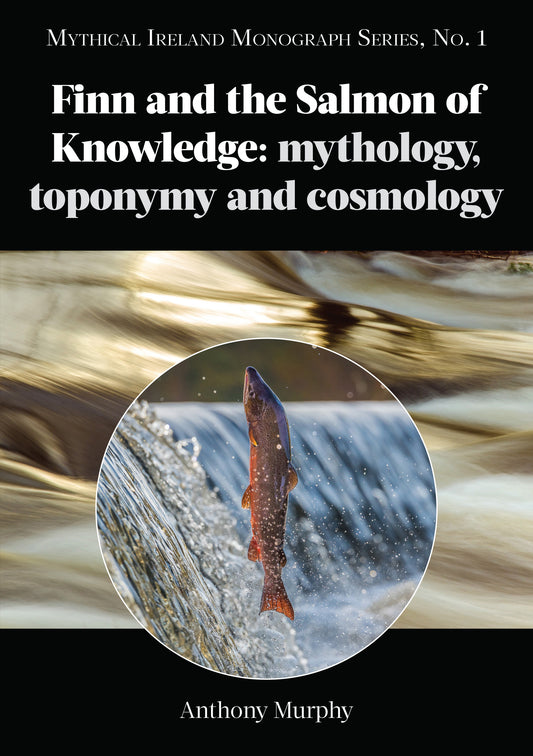
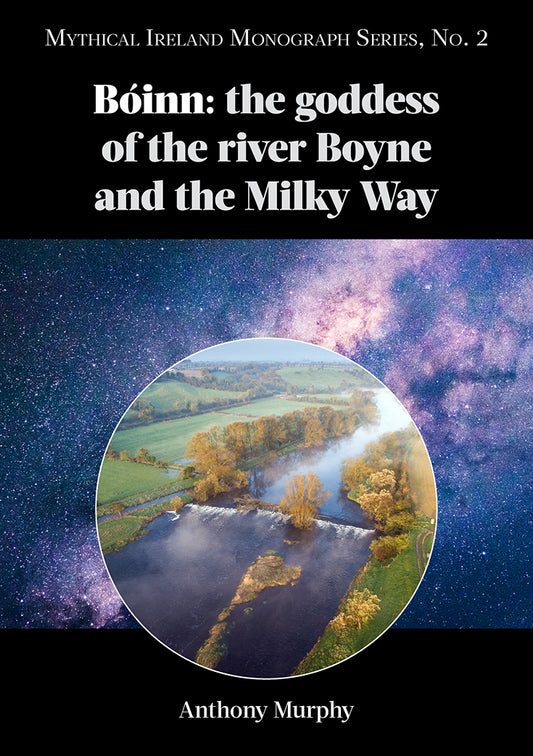
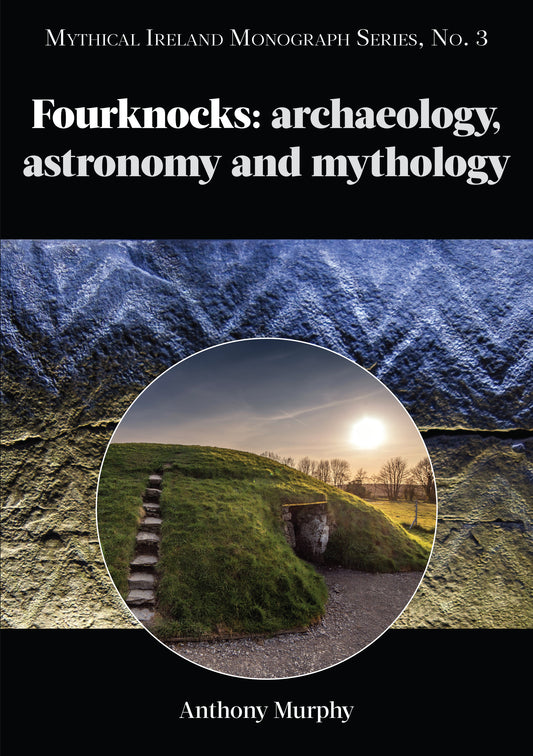
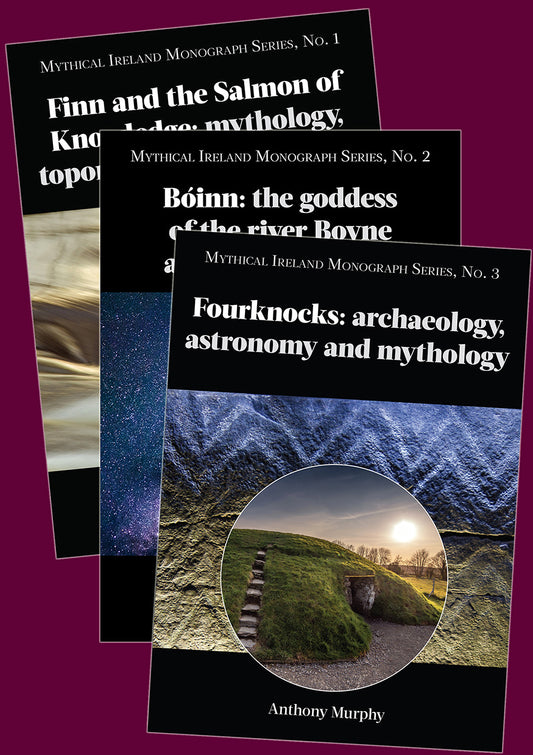
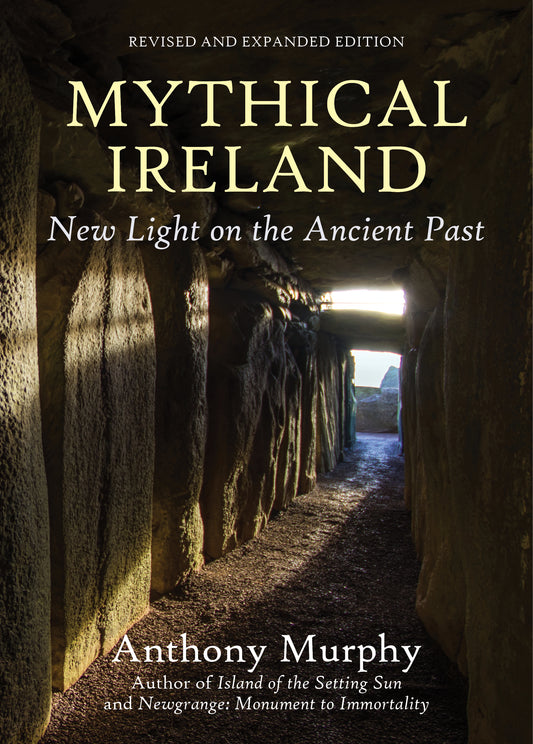
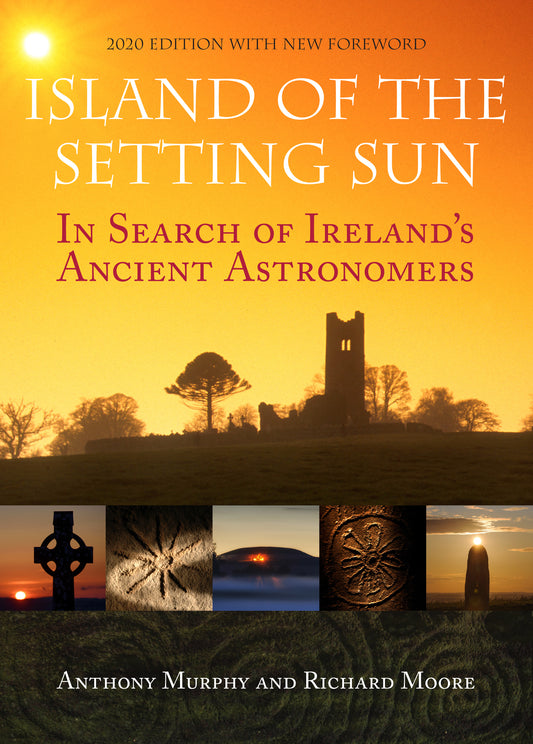
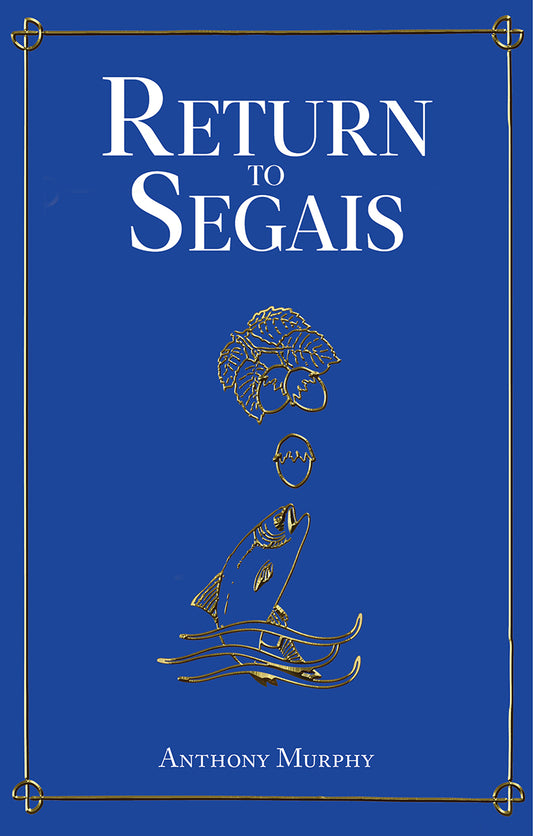
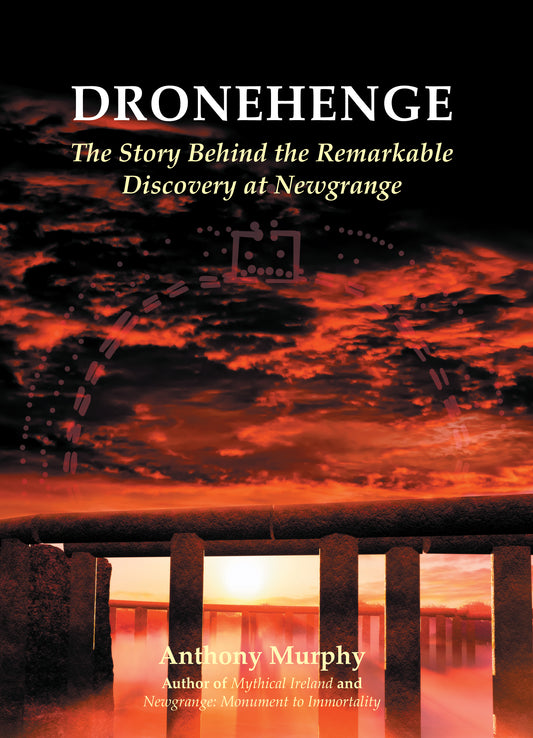
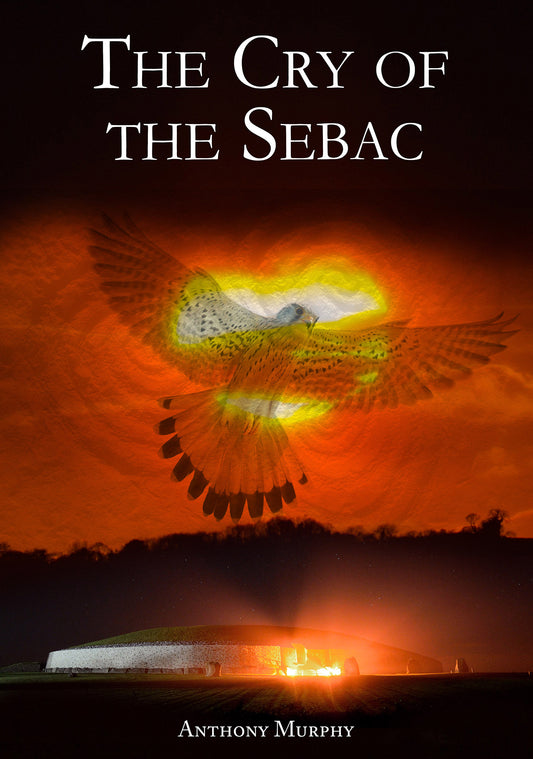
2 comments
Any updates on the radio carbon dating??
Great report! Thanks for sharing Anthony. Now, here’s some research questions to get that genetic data moving. “Whose ancestors were interred in Four Knocks and where may they have come from?”